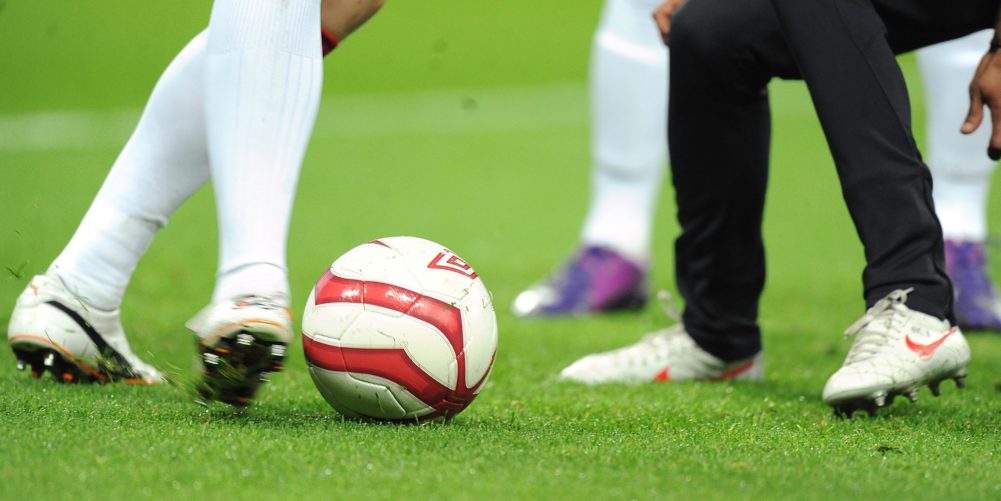Football is a popular game that is celebrated globally, and it combines passion with precision. Nevertheless, the human errors associated with match officiating are part and parcel of the game, which often results in controversy. What is the real influence of VAR on football, and what lies ahead for the sport?
The Advent of VAR in Football
The use of VAR in soccer was a turning point. This technology was meant to help match officials improve their accuracy levels by providing video footage to revise judgments concerning goals, penalties, red cards, and cases of mistaken identity. The introduction of this technology in the 2018 FIFA World Cup added another layer of scrutiny for on-field decisions globally, bringing significant attention to its role in modern football. Although it aims to promote justice and precision, VAR incorporation poses some difficulties. For instance, the implementation process can be complex, requiring substantial investment in technology and training for officials. Furthermore, the reliance on technology has sometimes led to delays and interruptions during matches, which can be frustrating for players and spectators alike. Despite these challenges, VAR has set a new standard for accuracy and fairness in football.
Impact on Refereeing Decisions
VAR has undeniably brought a new dimension to refereeing. The ability to review and correct errors in real time has reduced blatant mistakes. For instance, with the aid of VAR, offside goals and missed red card offenses are now less likely to slip through the cracks. This technology has also influenced football betting software, as more accurate decisions lead to fairer outcomes, affecting betting odds and predictions. However, using VAR has sparked debates about losing spontaneity and the time taken to review decisions, which can disrupt the game’s flow.
Enhancing Fairness and Accuracy
VAR has greatly influenced soccer by providing referees with better tools to avoid match outcomes that are decided based on huge errors. It is particularly effective in cases where a single mistake can have far-reaching implications, such as determining the winner of an important game or which team gets relegated. Take, for example, crucial calls such as penalties and offside rules, which now have room for correction through technological devices so that there can only be fair play. Nevertheless, some calls will always be open to argument, which is why the VAR system could be more foolproof. Be it as it may, human judgment remains essential and may create controversies now and then, even when video evidence is there for reference.
Challenges and Controversies
VAR, despite its benefits, has faced some critique. The first issue is the time spent making decisions when using VAR. This may cause continued stoppages that could be better for the game and annoy players and supporters. It significantly interferes with the flow of the match, thereby robbing it of its momentum and posing risks to players regarding their form of play. Even after all this is done, people may still have different opinions on whether or not particular events occurred, and there will be disputed outcomes in the cases. For example, one referee might think a specific incident is a blatant foul. At the same time, another could believe that it was a fair enough calling, raising questions about the consistency of following such rules. Why should we trust VAR when it cannot be implemented uniformly across all competitions? Some leagues are technologically ahead and have better-prepared staff who may use it differently.
Future of VAR in Football
This can only be mitigated through technology development, training referees to use VAR effectively, and other related measures. Improved video technology, such as specific camera views that can quickly process information, should also help reduce the delays in making correct calls when reviewing plays. Additionally, it will be essential to ensure that the game’s flow is maintained while making proper decisions. For instance, possible solutions could be limiting review duration or giving clear rules on when to employ VAR. Whether or not it stays true to the essence of football and operates appropriately, following upon mistakes and controversies, depends on how well VAR keeps pace with continuous play amid different challenges posed by this kind of sport.
Conclusion
The advent of VAR in football officiating cannot be denied. It comes with both positive and negative impacts. As much as it has helped in making the right decisions and minimized some terrible mistakes, this has also resulted in other issues that are very debatable. With technological advancements enhancing the system with each passing day, VAR can lean towards accuracy while still accommodating some level of unpredictability inherent in football. But we still have one question: Will technology ever bridge the gap between what is correct in theory and what makes the game so exciting? The future will answer that question.




















